What’s Up?
Homer has been beyond amazing. Coming earlier than usual the weather has been wild, the eagles have been ravenous, and the photography has been insanely outstanding — far beyond what anyone could have dreamed of. My recovered SONY gear has stood up quite well. On Friday and Saturday, both the 7r iv and the a9 ii were covered with wet snow by the blizzard. Both have kept on ticking after taking a licking. Despite creating as many as 2450 images in a single session with the temps in the teens, I have not once had to change a single camera battery. And a9 ii AF continues to perform in a science-fiction-like manner with virtually 99% of the flight images sharp on the eye. Yesterday, in sunny conditions, I made some super-sharp flight images with the hand held 200-600 and the a7r iv! The latter rig has been deadly for head portraits. The 70-200mm has been my most valuable lens for flight photography with and without the 1.4X TC with both bodies. My SONY 600 GM has been parked on the floor of my room for days and I will not be using it at all. Next year I will do the whole trip with the 70-200mm f/2.8 and the 200-600. Once again my close-focusing SONY 100-400 GM lens is having smooth zooming issues …
I already have several commitments for the 2021 Homer IPTs. If you are interested, please contact me via e-mail.
Catch this: multiple IPT veteran and great friend Donna Bourdon e-mailed me on Monday morning asking if I had room for her on the first IPT. II did. She purchased her flights that morning, headed to the Atlanta Airport late on Monday afternoon, landed at Anchorage at 3am on Tuesday morning, and is waiting to board her Ravn Air flight to Homer as I type at 4:57am Alaska time on 25 FEB. Good on Donna for living life now!
Coming Soon: More on the Canon 1D X Mark II
The next blog post up will be several more great Clemens Van der Werf 1D X III images along with Clemens’s comments on the new Canon body.
|
|
|
Fort DeSoto in spring is rife with tame birds, many in full breeding plumage. Click on the composite to enjoy a larger version. Clockwise from upper left around to center: Laughing Gull landing on head of Brown Pelican, Laughing Gull in flight, Reddish Egret sunrise silhouette, Great Blue Heron with needlefish, Yellow-crowned Night Heron with ghost crab, Roseate Spoonbill, Sanderling in breeding plumage, and white morph Reddish Egret in glorious breeding plumage. |
The 2020 Fort DeSoto Spring Sandbar Secrets IPT/April 22 through the morning session on April 25, 2020. 3 1/2 DAYS: $1499.00. Limit: 8 photographers
An inexpensive add-on day is available.
Fort DeSoto, located just south of St. Petersburg, FL, is a mecca for breeding terns and gulls and wading birds in spring. Migrant shorebirds are in abundance, and many are exceedingly tame. We should have great chances on Royal and Sandwich Terns and both white- and dark-morph Reddish Egrets. Great Egret, Snowy Egret, Great Blue Heron, Tricolored Heron, and White Ibis are easy as well and we will almost surely come up with a tame Yellow-crowned Night-Heron or two along with some American Oystercatchers. We will enjoy lots of great flight photography.
|
|
|
Again, Fort DeSoto in spring is rife with tame birds, most in breeding plumage. Click on the composite to enjoy a larger version. Clockwise from upper left around to center: Laughing Gull in flight, Yellow-crowned Night-Heron, Sandwich Terns copulating, Roseate Spoonbill, Great Egret with reflection, breeding plumage Short-billed Dowitcher, American Oystercatcher, Royal Tern, white morph Reddish Egret, and Snowy Egret in marsh. |
We will also get to photograph a variety of other shorebirds including Black-bellied, Semipalmated, Wilson’s, and Piping Plovers, Willet, Dunlin, Short-billed Dowitcher, most especially, Red Knot with many individuals in their handsome breeding plumages. In spring the T-shaped peninsula and the newly formed sandbar, Outback Key, are literally packed with avian treasures.
With luck, we might get to photograph one of Florida’s most desirable species: Roseate Spoonbill. And we will almost surely get to do some Brown Pelican flight photography. With luck, they will have Laughing Gulls landing on their heads. And though not guaranteed, Wood Stork might well be expected. And we will be on the lookout for a migrant passerine fallout in the event of a thunderstorm or two.
|
|
|
Yes, Fort DeSoto in spring is rife with tame birds, most in breeding plumage. Click on the composite to enjoy a larger version. Clockwise from upper left around to center: breeding plumage Dunlin, dark morph Reddish Egret displaying, Laughing Gull vertical front-end portrait, Laughing Gull with prey item, landing on head of Brown Pelican, breeding plumage Royal Tern displaying, Royal Terns — pre-copulatory stance, Laughing Gulls copulating, Laughing Gull head portrait, breeding plumage Sandwich Tern with fish, and a rare treat, a breeding plumage White-rumped Sandpiper. |
On the IPT you will learn:
- 1- The basics and fine points of digital exposure; how to get the right exposure every time after making a single test exposure.
- 2- How and why to work in Manual mode (even if you’re scared of it).
- 3- How to approach free and wild birds without disturbing them.
- 4- Lots about bird behavior and how to use that knowledge to help you create better images.
- 5- To age and identify many species of shorebirds including sandpipers, plovers, dowitchers, and possibly yellowlegs.
- 6- To spot good situations and to choose the best perspective.
- 7- To see, evaluate, and understand the light.
- 8- To design pleasing images by mastering your camera’s AF system.
- 9- And perhaps most importantly, to evaluate wind and sky conditions and understand how they affect bird photography.
- 10- How and when to access the magical sandbar safely.
- 11- More than you could ever imagine.
|
|
|
You got it by now! Fort DeSoto in spring is rife with tame birds, most in breeding plumage. Click on the composite to enjoy a larger version. Clockwise from upper left around to center: Roseate Spoonbill, immature Brown Pelican in flight, the heron/egret hybrid, American Oystercatcher feeding, immature Royal Tern on railing, Great Egret morning silhouette, Black Skimmer in surf, and underside head portrait of Great Blue Heron. |
Morning sessions will run at least three to 3 1/2 hours, afternoon sessions 2 1/2 to 3 hours. There is never a set schedule on an IPT — we adapt to the conditions. There will be a Photoshop/image review session after lunch (included) each day. That will be followed by Instructor Nap Time. This IPT will run with only a single registrant (though that is not likely to happen). The best airport is Tampa (TPA). Once you register, you will receive an e-mail with lodiing information. Do know that it is always best if IPT folks stay in the same general area (rather than at home or at a friend’s place a good distance away).
Folks attending this IPT will be out in the field early and stay late to take advantage of sunrise and sunset colors; this is pretty much a staple on almost all BIRDS AS ART Instructional Photo-Tours. Doing so will often present unique photographic opportunities, opportunities that will be missed by those who need their beauty rest and those who need to get home for a proper dinner. I really love it when I am leaving the beach at 9:30am on a sunny morning after a great session just as a carful or two of well-rested photographers are arriving … We will be getting wet.
Payment in full is due now. Credit cards are OK for your $500 deposit. You can register by calling Jim or Jennifer during weekday business hours at 863-692-0906 with a credit card in hand. If you leave a deposit you will receive an e-mail with your balance statement and instructions for sending your balance check. If you wish to pay in full right off the bat, you can make your check out to BIRDS AS ART and send it via US mail here: BIRDS AS ART, PO BOX 7245, Indian Lake Estates, FL 33855. You will receive a confirmation e-mail with detailed instructions, and clothing and gear advice in mid-August. Please remember that we will meet early on Saturday morning. Please shoot me an e-mail if you plan to register or if you have any questions.
IPT veterans and couples or friends signing up together are urged to e-mail for discount information.
|
|
|
This image was created on February 12, 2020 at Fort DeSoto. I used the hand held Sony FE 200-600mm f/5.6-6.3 G OSS Lens, the Sony FE 1.4x teleconverter (at 840mm), and the blazingly fast Sony Alpha a9 II Mirrorless Digital camera body) that features incredibly accurate AF. ISO 400. Exposure determined via Zebras on the rear wheel: 1/1000 sec. at f/11. AWB at 4:30pm on a sunny aftenroon. Tracking Flexible Spot M Continous (C) AF performed beautifully. Image #1: Molting adult Laughing Gull resting behind a tree!Click on the image to see a larger version. |
The Situation
After our first great afternoon and an even better first morning, pickings were a bit slim for Larry Master and me on our second afternoon. At a seldom-visited beach, there were some interestingly handsome Laughing Gulls beginning to molt into breeding plumage. I had attempted to get some good photographs of the molting gulls that morning but pretty much failed. When we attempted to get really close to the birds that afternoon, we could not get anywhere close enough for head portraits. So I added my 1.4X TC to the mix and utilized and old strategy to get the deed done.
|
|
|
This image was also created on February 12, 2020 at Fort DeSoto. Again I used the hand held Sony FE 200-600mm f/5.6-6.3 G OSS Lens, the Sony FE 1.4x teleconverter (at 840mm), and the blazingly fast Sony Alpha a9 II Mirrorless Digital camera body) that features incredibly accurate AF. ISO 400. Exposure determined via Zebras on the rear wheel: 1/800 sec. at f/11. AWB at 4:32pm on a sunny aftenroon. Tracking Flexible Spot M Continous (C) AF performed beautifully. Image #2: Molting adult Laughing Gull yawningbehind a tree!Click on the image to see a larger version. |
The Old Strategy
Though I have used this exact strategy many times over the years, I have never described it in detail in writing. Anyhoo, with my rig on a Black Rapid Curve Breathe Strap, I approached a small flock of the gulls to about 20 feet where they were still quite comfortable with my presence. Then I sat carefully. Next, I put my rig on my lap, placed my hands a bit in front of me, and propelled myself to my right to get on sun angle and then forward a bit to get closer. The effort was well rewarded. I guess you could call it ‘butt-crawling with your gear on your lap.” Once I was in position I cleaned the sand off of my hands before touching my gear (for obvious reasons). All in all, it worked quite well.
|
|
|
This image was also created on February 12, 2020 at Fort DeSoto. Again I used the hand heldSony FE 200-600mm f/5.6-6.3 G OSS Lens, the Sony FE 1.4x teleconverter (at 840mm), and the blazingly fast Sony Alpha a9 II Mirrorless Digital camera body) that features incredibly accurate AF. ISO 400. Exposure determined via Zebras on the rear wheel: 1/1250 sec. at f/9. AWB at 4:35pm on a sunny aftenroon. Tracking Flexible Spot M Continous (C) AF performed beautifully. Image #3: Molting adult Laughing Gull head portraitbehind a tree!Click on the image to see a larger version. |
The Hand Held SONY 200-600/1.4XTC/a9 ii Combination
The hand held SONY 200-600 with the 1.4XTC is obviously a deadly combination. Yes, if you use it on cloudy days you will need to up the ISO and possibly work on a tripod. But with good technique, your images will be tack sharp. The ability to be mobile in the field while having 840mm of hand held reach at your disposal when needed is simply incredible. And once you learn to master Tracking Flexible Spot, the combination becomes even more powerful. Still to come: flight photography with this same rig and the 200-600 with the 1.4X TC and the 7r iv, the latter still in the works.
|
|
|
This image was also created on February 12, 2020 at Fort DeSoto. Again I used the Tracking Flexible Spot M Continous (C) AF performed beautifully. Image #4: Molting adult Laughing Gull yawning widebehind a tree!Click on the image to see a larger version. |
Your Favorite?
Please leave a comment and let us know which of the four Laughing Gull head portraits is your favorite. And why you made your choice.
If In Doubt …
If you are in doubt about using the BAA B&H affiliate link correctly, you can always start your search by clicking here. Please note that the tracking is invisible. Web orders only. Please, however, remember to shoot me your receipt via e-mail.






Please Remember to use my Affiliate Links and to Visit the BAA Online Store 🙂
To show your appreciation for my continuing efforts here, we ask, as always, that you get in the habit of using my B&H affiliate links on the right side of the blog or Bedfords, for all of your photo and electronics purchases. Please check the availability of all photographic accessories in the New BIRDS AS ART Online Store, especially the Mongoose M3.6 tripod head, Wimberley lens plates, Delkin flash cards and accessories, and LensCoat stuff.
As always, we sell only what I have used, have tested, and can depend on. We will not sell you junk. We know what you need to make creating great images easy and fun. And please remember that I am always glad to answer your gear questions via e-mail.
I would, of course, appreciate your using our B&H affiliate links or Bedfords for all of your major gear, video, and electronic purchases. For the photographic stuff mentioned in the paragraph above, and for everything else in the new store, we, meaning BAA, would of course greatly appreciate your business. Here is a huge thank you to the many who have been using our links on a regular basis and those who regularly visit the New BIRDS AS ART Online Store as well.
Be sure to like and follow BAA on Facebook by clicking on the logo link upper right.
Typos
In all blog posts and Bulletins, feel free to e-mail or to leave a comment regarding any typos or errors. Just be right :).

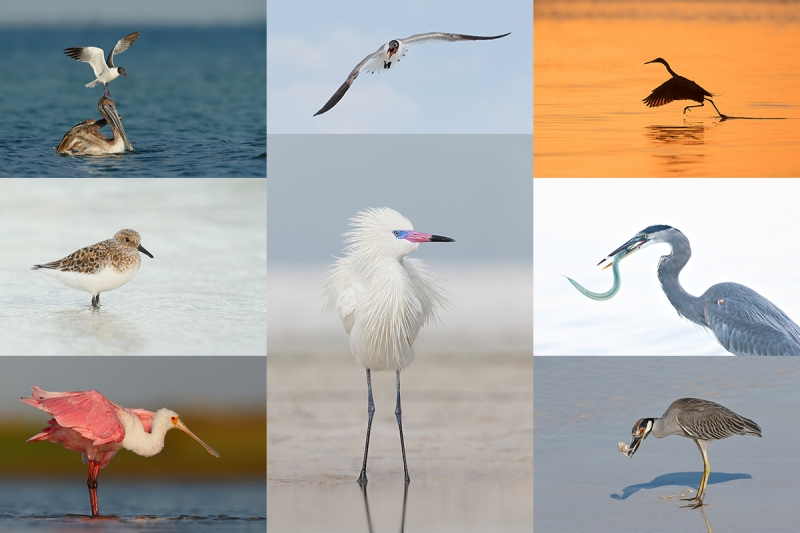
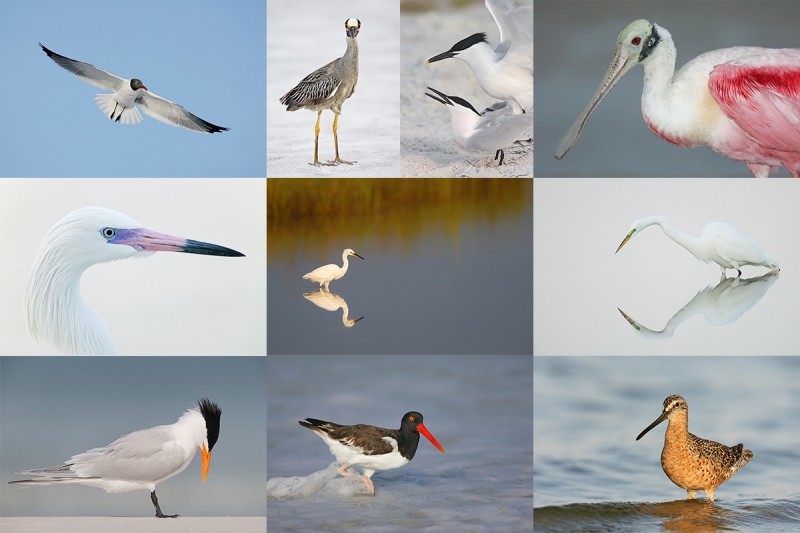
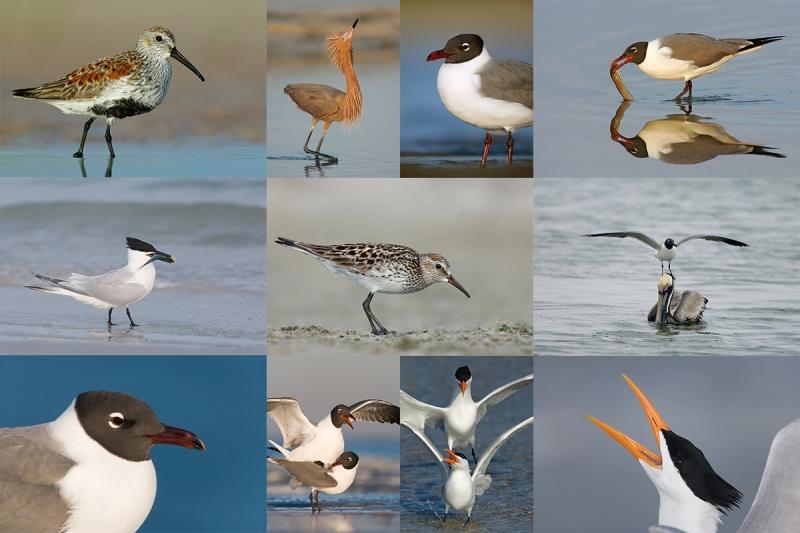
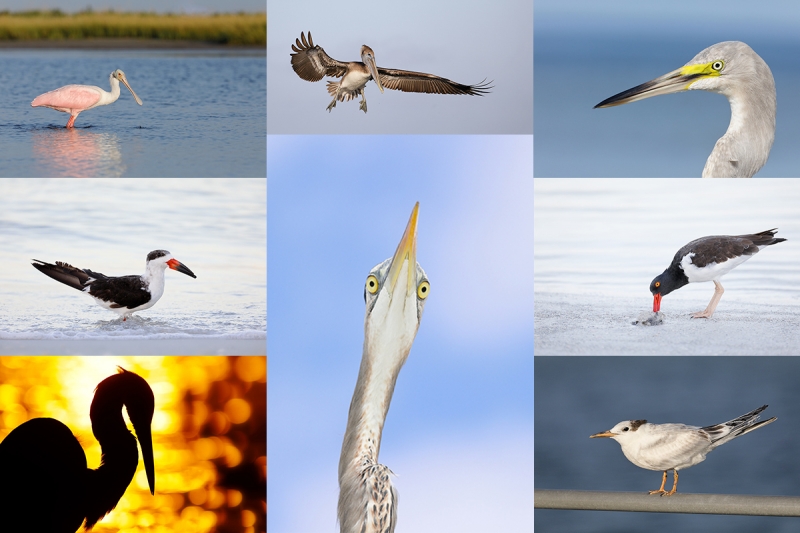
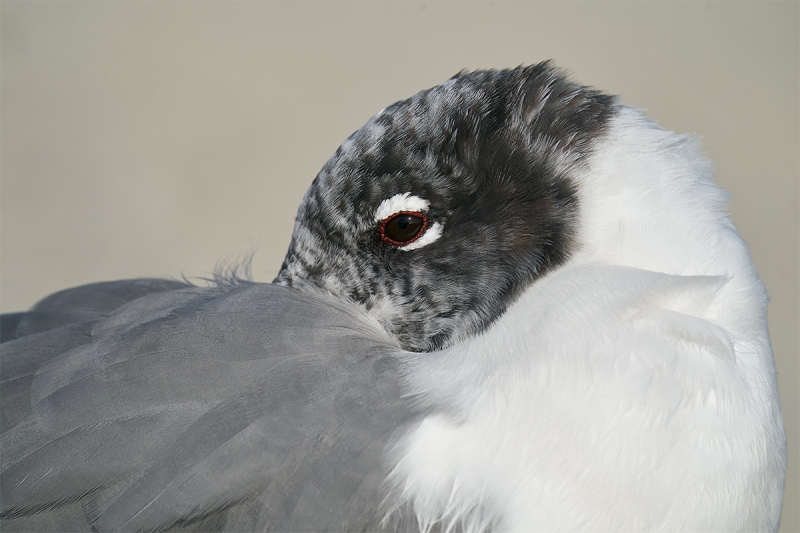
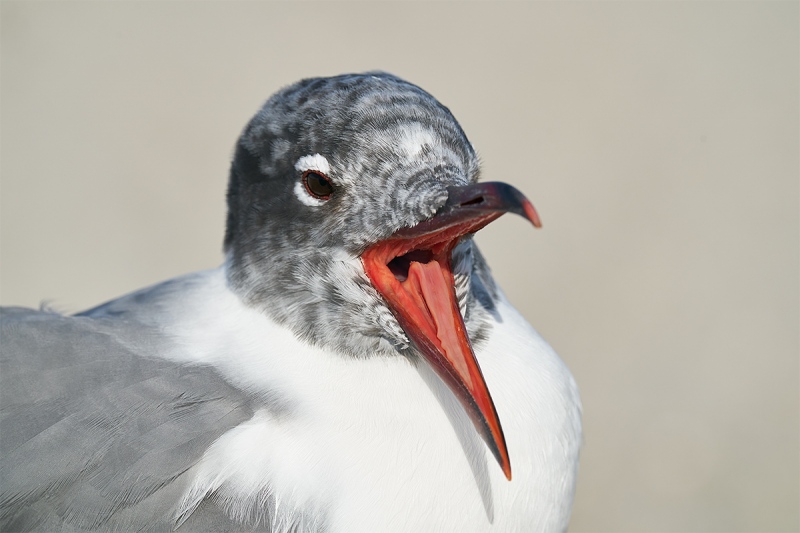
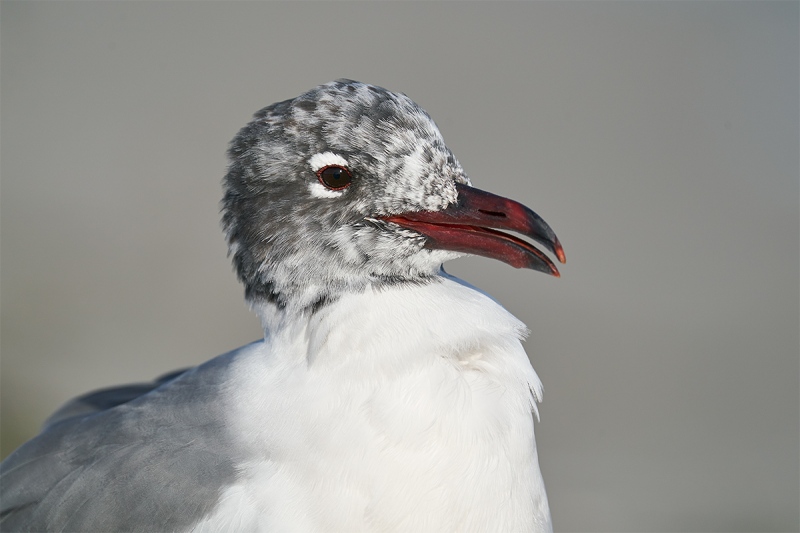
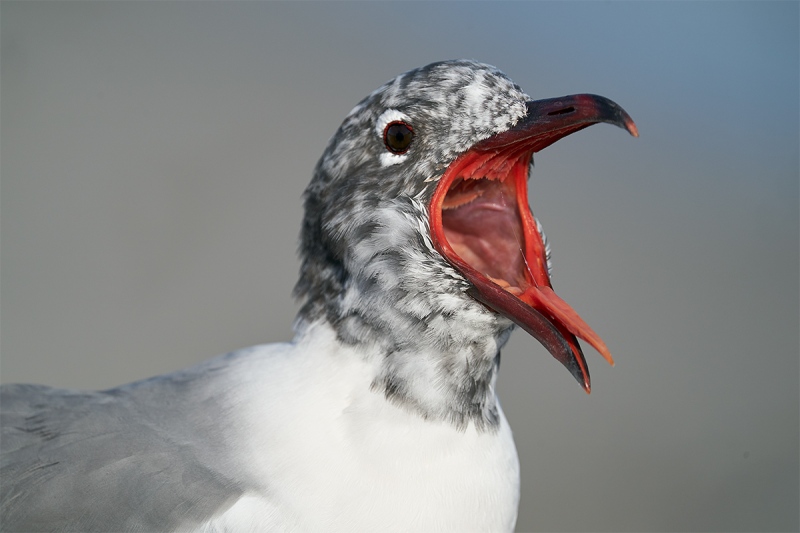













You’re welcome Art-It’s amazing what you put together on an almost-daily basis for our education and inspiration!
I am always interested in the particular gear used for your spectacular photos, with an eye toward future investments in equipment. Either way, the skills involved are much more important!
God bless,
Rick Alvarnaz
Hi Richard,
Thanks for your kind words. As always, the best ways to thank me are to use the BAA links when purchasing gear, patronize the BAA Online Store, and/or to join an IPT.
Where do you live?
with love, artie
Good morning Art,
I live in Brockton, Massachusetts-not the birding mecca of the world! I travel mostly in New England for my bird photog adventures and we do have a surprising variety of species throughout the year.
Again, thanks for your blog!
Best,
Rick Alvarnaz
There is some good stuff along the coast in winter …
with love, a
Surprised you didn’t remove the spittal stream in pic 4. Any reason why you wouldn’t bother with that? As so many pics you make fixes to improve the art form or beauty of the shot. Can you elaborate for me on this choice? Thanks.
P.S. I like ’em all, and enjoy the Molting colors.
I noticed that but it did not bother me 🙂
with love, a
Hi Art,
I am confused-did you use the 200-600 with 1.4x for the shots shown, or the 600 f4 with the 1.4x? The caption under each picture reference the 600 f4.
Thanks. Obviously, I was confused; too many eagle images to cull!
All were created with the hand held 200-600, thee 1.4X TC, and the a9 ii.
Thanks for catching my serious blunder 🙂
with love, artie
#2 for me. But they are all great. Especially because the gull is molting, it would be easy to pass over. But the colors are beautiful and #2 yawning gives it personality. #4 looks angry so there is personality there too.